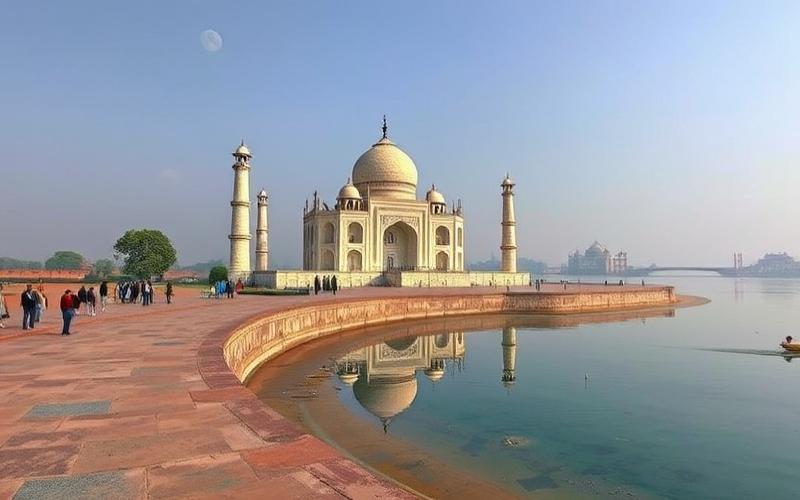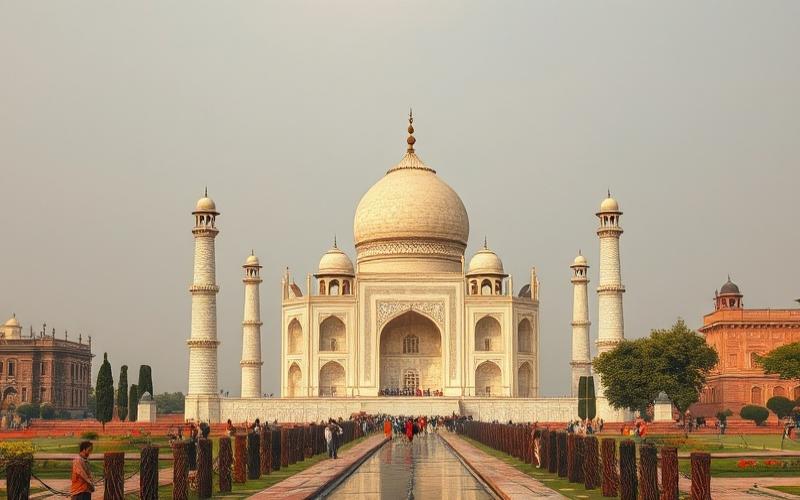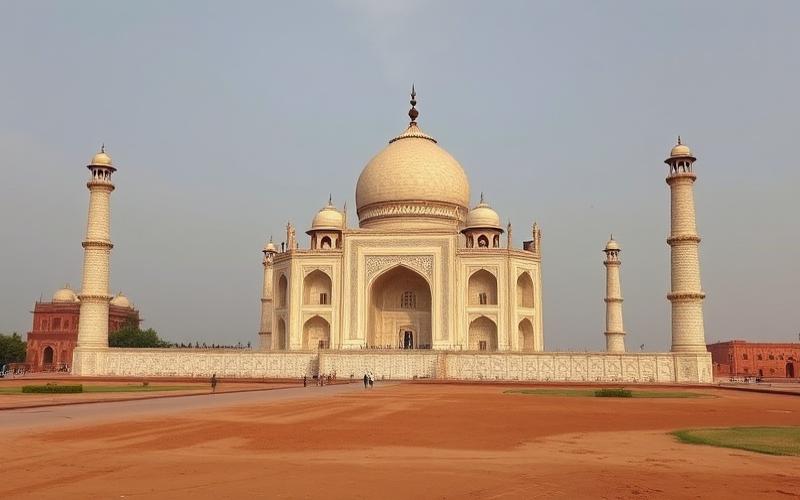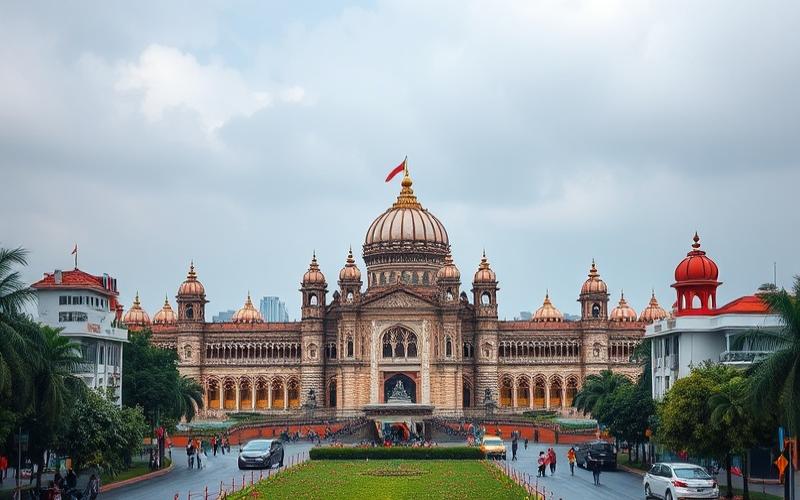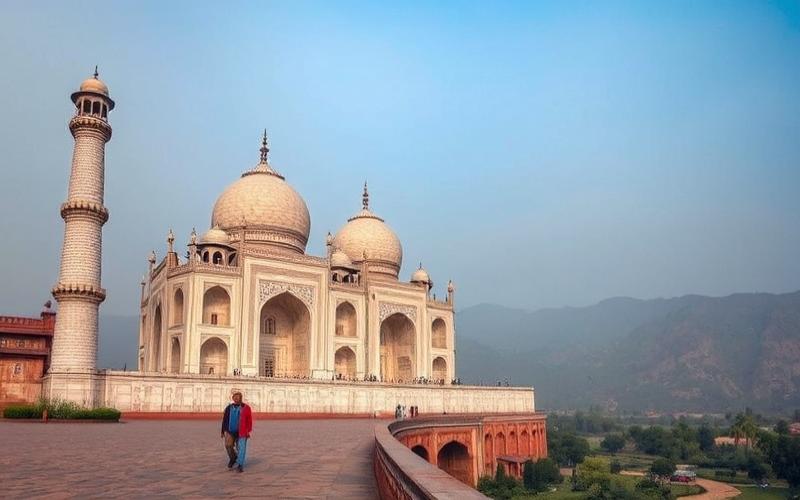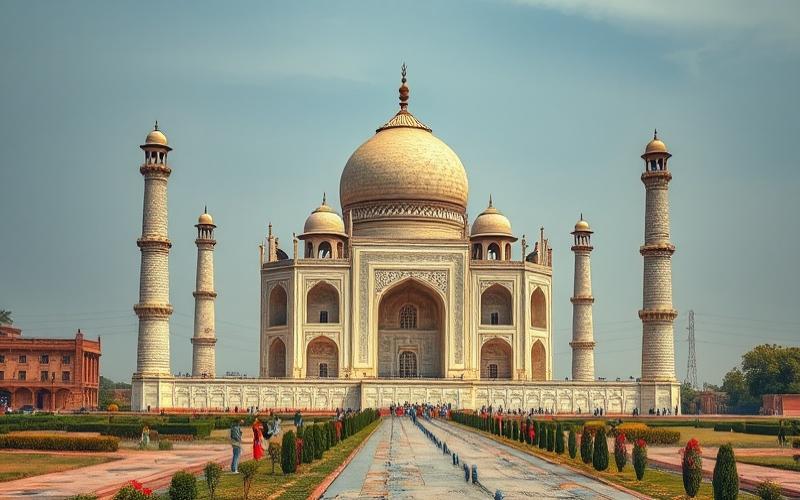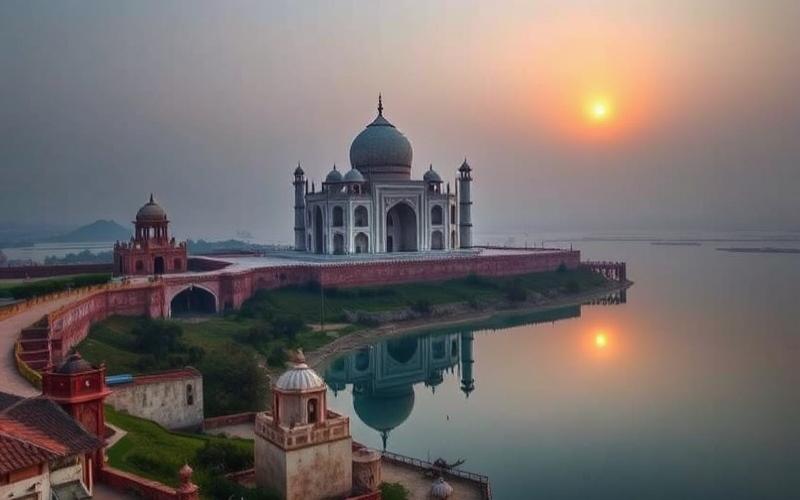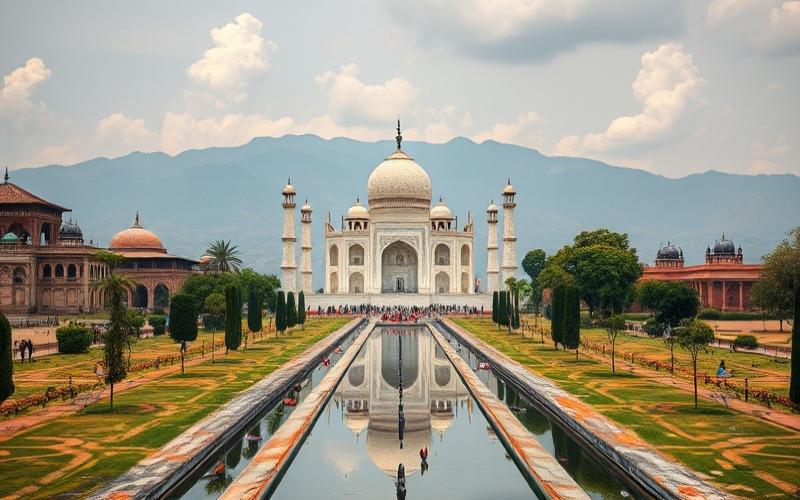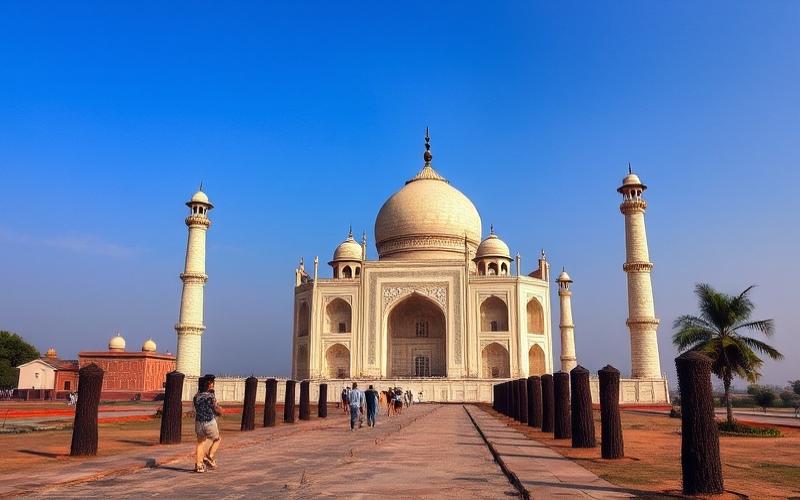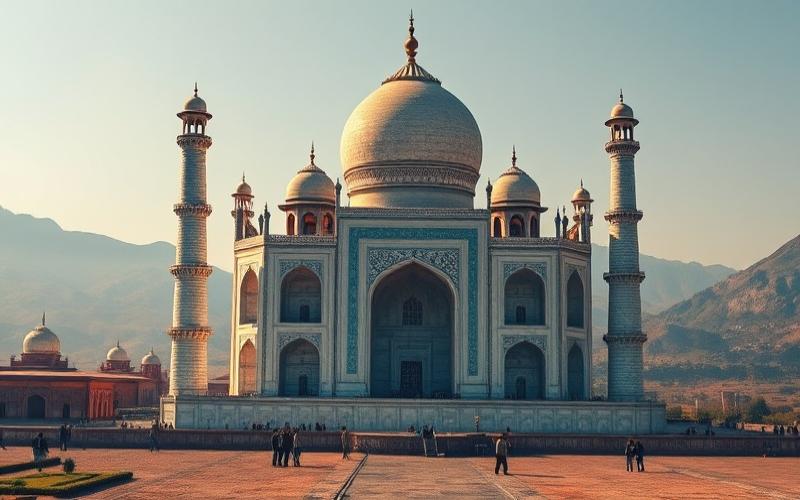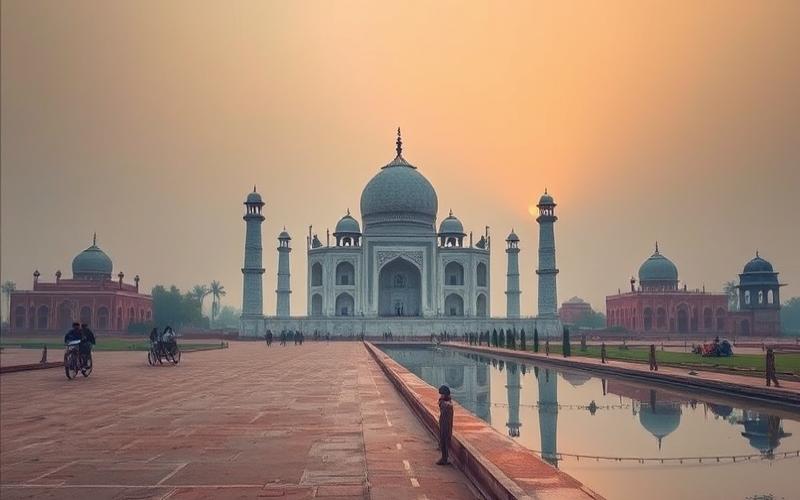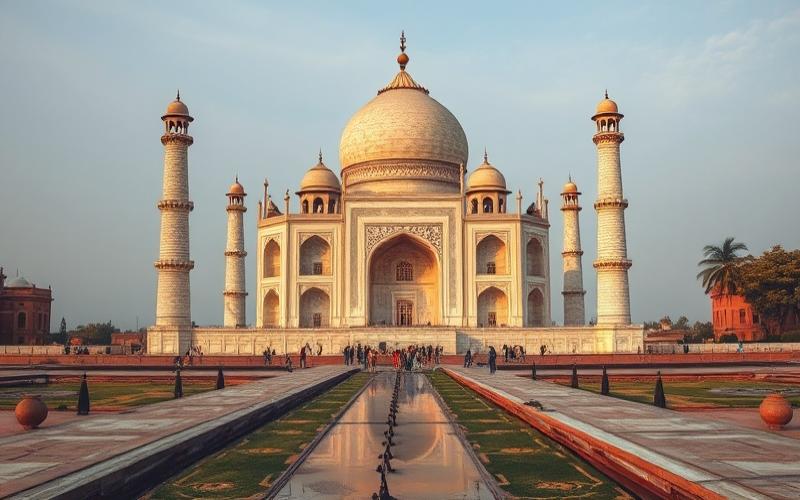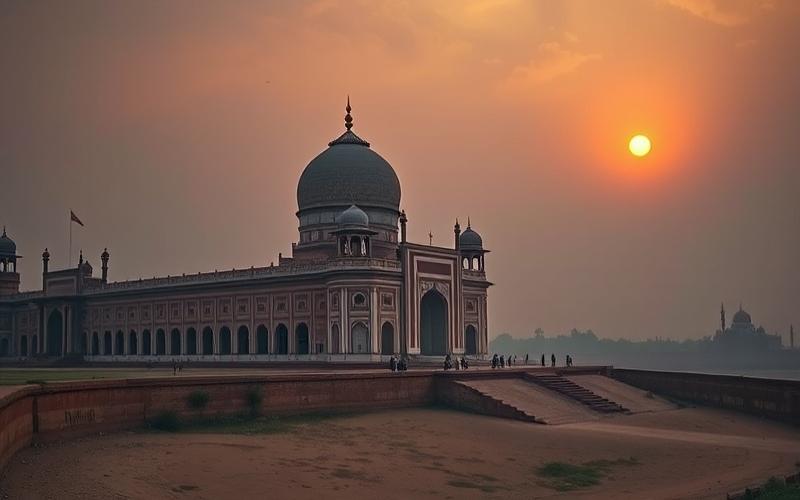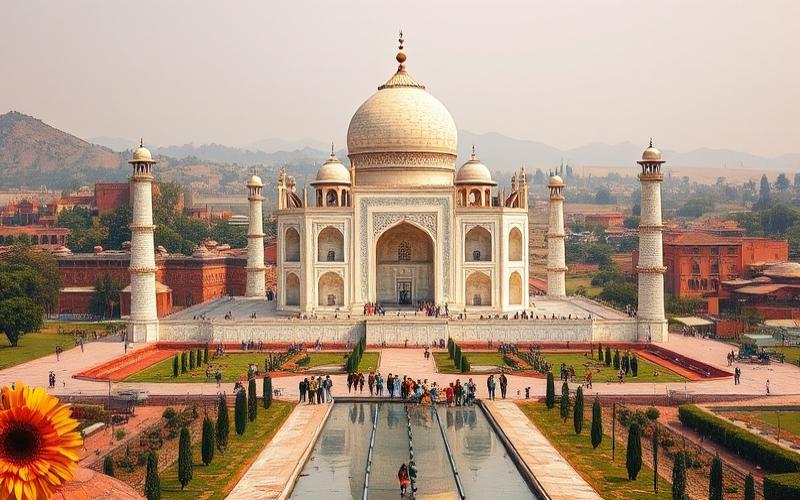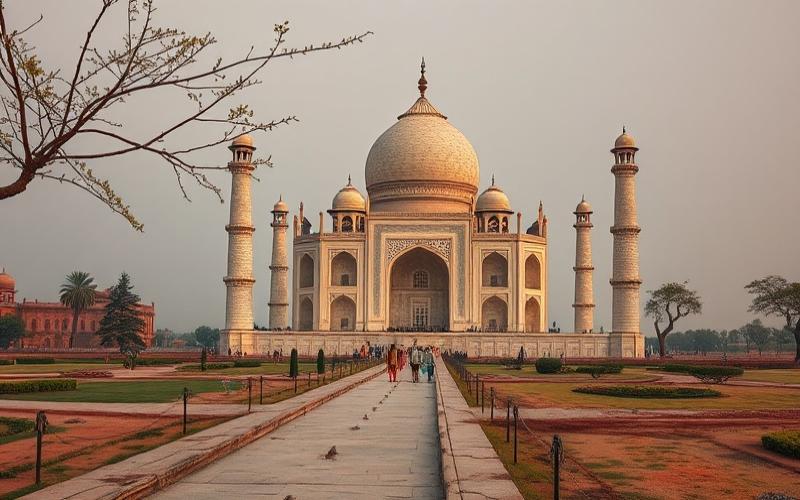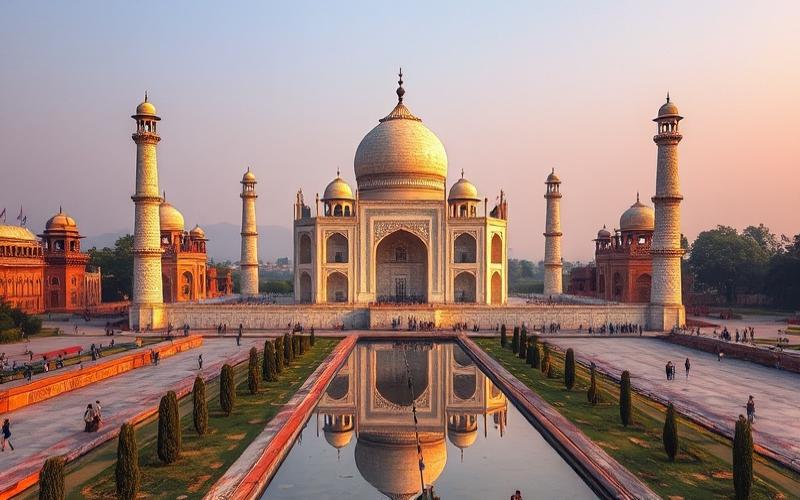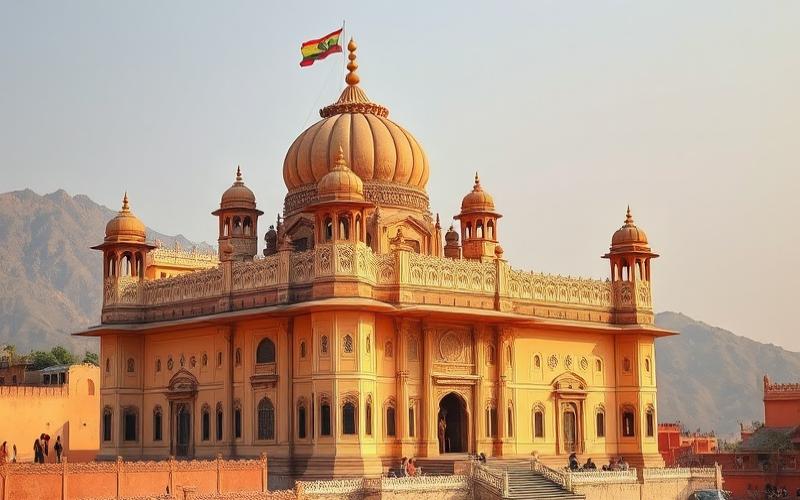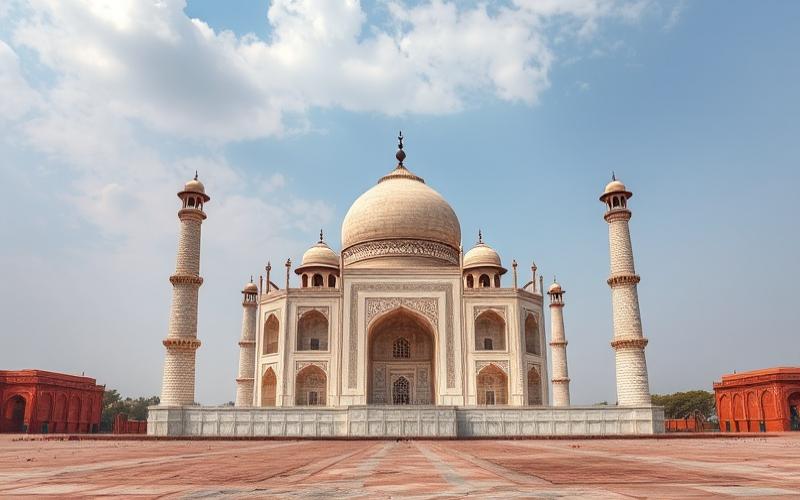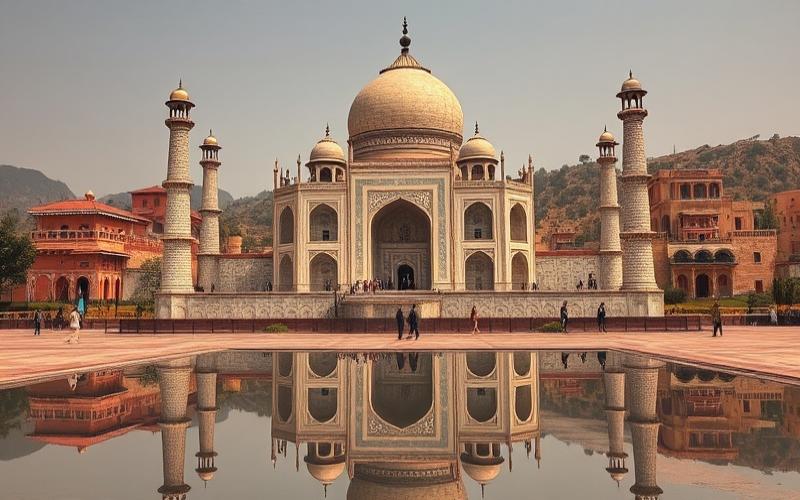
 Published on and written by Cyril Jarnias
Published on and written by Cyril Jarnias
Relocating to India to pursue your career promises to be both a professional and personal adventure, but building a strong professional network in this dynamic country can prove to be a major challenge for expatriates.
Between cultural differences, languages, and the specificities of the local job market, it’s essential to adopt appropriate strategies to navigate this unique environment.
This article offers concrete and effective approaches to maximize opportunities to meet key contacts and expand your professional network in India, exploring various channels such as networking events, local professional associations, and the crucial importance of interpersonal relationships, the true driving force of business in this vibrant and cosmopolitan nation.
Identifying Events and Associations for Networking Opportunities
Major Professional Events in India Offering Networking Opportunities for Expatriates:
| Event | Sector | City | 2025 Period | Particularities |
|---|---|---|---|---|
| AUTO EXPO | Automotive | Delhi | January 17-22 | Over 50 countries represented, major industry meeting point |
| India International Leather Fair | Leather | Chennai | February 1-3 | Over 400 exhibitors, strong international presence |
| Media Expo | Audiovisual, Media | New Delhi | October 9-11 | Platform for production and display professionals |
| Pune Machine Tools Show | Engineering, Industry | Pune | May 15-18 | Key gathering for the mechanical industry |
| World of Concrete | Construction, Building | Mumbai | October 8-10 | Focus on materials, innovations and B2B networking |
| Smart Home Expo | Real Estate, Home Automation | New Delhi | May 8-10 | Innovations and meetings in the smart home sector |
| Medicall Expo | Medical | New Delhi | September 20-22 | Over 1,000 hospital owners, major decision-makers |
| Vinexpo India | Wine, Spirits | Mumbai | September 19-20 | International networking in the beverage sector |
Many other sector-specific trade shows cover agriculture, IT, retail, education, sports, architecture, etc.
Main Professional Associations Open to Expatriates:
- Indo-French Chamber of Commerce & Industry (IFCCI)
- Indo-German Chamber of Commerce
- Indo-American Chamber of Commerce (IACC)
- European Business Group India (EBG)
- NASSCOM (technology sector)
- Confederation of Indian Industry (CII)
- Federation of Indian Chambers of Commerce and Industry (FICCI)
These associations regularly organize forums, workshops, dinners, and sector-specific conferences accessible to expatriates. They offer support for local integration, legal advice, and platforms to present projects.
Tips for Integrating at Professional Events in India:
- Arrive on time, but remain flexible: punctuality is appreciated, but meetings sometimes start late.
- Use business cards: standard exchange during any first professional meeting.
- Show respect for hierarchies: greet the highest-ranking individuals first.
- Prioritize human relationships over business: it’s common to discuss informal topics before addressing business matters.
- Adapt to indirect communication: avoid direct refusals, prefer nuanced phrasing.
- Actively participate in coffee breaks, lunches, and informal events: these moments are crucial for building trust.
- Learn about local customs (clothing, greetings, etc.): adaptation efforts are highly appreciated.
Major Cultural Differences to Anticipate:
- Hierarchy and Respect for Age: Decisions are often centralized and respect for elders is fundamental.
- Indirect Communication: Indians avoid direct confrontation, one must know how to read between the lines.
- Importance of Networks (“jugaad”): Personal relationships often facilitate business deals.
Concrete Success Examples:
A French executive in the automotive industry built a strong network by participating annually in AUTO EXPO and joining IFCCI. Through these contacts, he was able to identify reliable distributors and better understand local market expectations.
An American entrepreneur in tech joined NASSCOM and attended several hackathons and sector-specific meetups. These encounters allowed her to find local partners and adapt to Indian business practices.
A German consultant, by joining the Indo-German Chamber of Commerce and regularly participating in sector forums in Mumbai and Pune, was able to build trust relationships with decision-makers and accelerate his establishment.
Key Takeaways:
Actively participating in sector-specific trade shows and joining a professional association are the most effective levers for networking in India. Cultural openness, patience, and involvement in human relationships are essential to transform these opportunities into lasting partnerships.
Good to Know:
In India, events such as the NASSCOM Product Conclave, India International Trade Fair, or Bangalore Tech Summit are ideal platforms for expatriates looking to expand their professional network. Business forums organized by the Indian chamber of commerce, as well as associations like the Indo-French Chamber of Commerce and Industry, facilitate the integration of foreign professionals by organizing regular meetings. To make the most of these opportunities, it’s crucial to understand cultural differences, such as the importance of active listening and hierarchical respect, which can influence professional interactions. Some expatriates, for example, have successfully established strong connections by participating in cultural workshops or discussion groups organized by these associations, thus breaking language and cultural barriers. Adopting a proactive and open approach by sharing experiences while demonstrating a genuine willingness to learn and adapt can significantly improve your chances of building a fruitful network in India.
Understanding Professional Etiquette in India
Greetings and Polite Expressions
- The Namaste, a traditional gesture with hands joined, is very common for greeting in the Indian professional context. It can be accompanied by a slight nod.
- The handshake is also widespread, especially in urban or international circles. It should be firm but not too strong.
- The use of honorific titles (Sir, Madam, Doctor, Professor…) often precedes the first or last name during formal exchanges; it’s essential to show respect to the interlocutor.
- When exchanging business cards: always present the card with the right hand or both hands, face visible to the recipient.
| Greeting | Context | Precautions |
|---|---|---|
| Namaste | Traditional/Respectful | To prefer in the presence of elders or during first meetings |
| Handshake | Modern/Urban | Mainly between men; with women if she initiates |
Dress Code
- In traditional sectors (banking, administration): dark suit and tie for men; elegant sari or classic pantsuit for women.
- Technology/startup sectors: more casual attire accepted (shirt/pants for men; kurta/tunic and sober pants for women).
- Bright colors are appreciated but to be used in moderation in very formal settings.
- In southern and rural regions: local clothing like dhoti or sari may be preferred.
List of dress expectations by sector:
- Western professional attire required in multinationals
- Respect sobriety during official meetings
- Adapt clothing to local customs during regional travel
Hierarchy and Communication
Indian companies are strongly structured around a clear hierarchy, where age and rank determine the natural order of respect to be given.
It’s appropriate to use indirect communication: avoid frontal confrontation and prefer diplomatic phrasing (“I understand your point… Perhaps we could consider…”).
Concrete example:
When a superior expresses an idea even if questionable, avoid any direct contradiction in public.
| Aspect | Indian Company | Western Company |
|---|---|---|
| Structure | Hierarchical | Often flatter |
| Communication | Indirect/Diplomatic | Direct |
| Deference | Very important | Variable |
Punctuality and Time Management
The local perception of time can be surprising:
- Punctuality isn’t always rigorous; minor delays are often tolerated except in exceptional cases (e.g., high-level official appointments).
- It’s advised to arrive on time while remaining flexible regarding potential delays from other participants.
Anecdote:
An expatriate recounts that his Indian colleagues sometimes arrived up to twenty minutes after the scheduled time without it being poorly perceived by the local team. However, they were very attentive to respecting deadlines set by their hierarchical superiors.
Networking and Business Relationships
The personal dimension takes precedence over pure transaction.
- Building a sincere relationship before any business partnership is essential: take time to discuss private life/family before directly addressing business.
- Recommendations through mutual contacts hold much more value than cold outreach.
Practical list:
- Participate in informal events organized by your partners
- Show interest in personal topics mentioned during discussions
- Value any introduction made through a common contact
Behaviors and Practices to Avoid
Inappropriate gestures
Concrete list:
- Touching someone’s head or pointing at someone with your finger
- Showing your feet toward others or crossing your legs in front of a superior
- Openly criticizing your interlocutor in front of others
- Speaking too loudly/showing impatience during a meeting
Illustrative anecdote
A European manager lost trust with an Indian team after raising his voice at a junior colleague in front of his direct supervisor – this total lack of restraint was perceived as humiliating not only by the person concerned but also by all his colleagues present.
To integrate quickly, systematically adopting these codes not only helps avoid cultural blunders but also gradually builds credibility with local collaborators.
Good to Know:
In India, a traditional greeting like Namaste, accompanied by a slight nod, remains a mark of respect, especially towards elders or superiors, and it’s common to use honorific titles such as “Sir” or “Madam” during professional exchanges. The dress code varies; in multinational companies in major cities, formal Western clothing is often preferred, while in other sectors, more traditional attire may be accepted. The hierarchical structure is strongly respected, and indirect communication, favoring subtleties to express disagreements, is valued. Although punctuality is generally appreciated, meetings may sometimes start with a slight delay; it’s therefore essential to be flexible. Networking relies heavily on personal relationships, and it’s common to receive recommendations through mutual contacts, which strengthens professional bonds. Finally, avoiding touching someone with the left hand, raising your voice, or publicly contradicting a superior are all behaviors to avoid to respect local etiquette.
Establishing Lasting Multicultural Business Relationships
Understanding and respecting cultural differences specific to India are essential for establishing lasting business relationships. India is distinguished by great religious, linguistic, and regional diversity, as well as the preeminence of social and professional hierarchy.
Key Elements to Respect:
Hierarchy and Professional Titles
Respect for hierarchical positions is paramount. It’s appropriate to use the appropriate professional titles (Sir/Madam followed by the title or name) during exchanges, particularly with decision-makers or older individuals. Ignoring these codes can be perceived as disrespectful.
Non-Verbal Communication
Gestures have strong symbolic value; a traditional greeting such as a bow or the “Namaste” gesture marks respect towards the interlocutor. Physical restraint is appreciated; avoid excessive contact in public (especially between colleagues of the opposite sex).
Formal Greetings and Face-to-Face Meetings
First meetings should be formal, prioritizing politeness and a neat dress code. Physical meetings are valued as they help establish the trust necessary for any lasting business relationship.
Respect for Local Holidays and Public Holidays
Learning about major Indian holidays such as Diwali, Holi, or Eid demonstrates cultural sensitivity. Sending wishes on these occasions significantly strengthens professional bonds.
| Main Holiday | Period | Significance | Recommended Action |
|---|---|---|---|
| Diwali | October-November | Hindu New Year | Send wishes/congratulations |
| Holi | March | Festival of Colors | Share festive messages |
| Eid | Variable (lunar) | End of Ramadan | Congratulate Muslim colleagues |
Concrete Examples for Building Trust:
- During a first meeting with an Indian executive, greet formally with “Namaste,” briefly inquire about their family if the context allows.
- Offering a small symbolic gift during a local holiday shows interest in their culture.
- Scrupulously respect protocol order during an appointment – always address questions to the highest-ranking superior present.
Strategies for Maintaining These Relationships Long-Term:
- Regularly follow up after each important interaction with a personalized email.
- Adapt messages according to local events (example: congratulate during regional festivals).
- Maintain an active presence on popular professional social networks like LinkedIn India to share relevant news or positively comment on their posts.
- Periodically organize informal video calls to strengthen closeness despite geographical distance.
Practical List to Apply:
- Research before each trip about specific local customs of the state being visited.
- Note in your professional calendar the main Indian public holidays to anticipate potential holidays and organize appointments effectively.
Frame all important exchanges in the professional context with a personalized approach where mutual respect, adaptation to local practices, and regular valuation of human connection predominate.
Good to Know:
To establish lasting business relationships in India, it’s crucial to understand and respect cultural differences. Paying attention to non-verbal communication is vital, with formal greetings and face-to-face interactions being valued. Respect for hierarchies and appropriate use of professional titles reinforce harmonious relationships. Participating in local celebrations and being aware of public holidays can also solidify professional bonds. To maintain these relationships, adopt strategies such as regular follow-up through personalized emails and engagement on popular professional social networks in India like LinkedIn. These efforts not only help maintain a strong connection but show a solid understanding and respect for local customs and practices, thus fostering a trusting long-term partnership.
Disclaimer: The information provided on this website is for informational purposes only and does not constitute financial, legal, or professional advice. We encourage you to consult qualified experts before making any investment, real estate, or expatriation decisions. Although we strive to maintain up-to-date and accurate information, we do not guarantee the completeness, accuracy, or timeliness of the proposed content. As investment and expatriation involve risks, we disclaim any liability for potential losses or damages arising from the use of this site. Your use of this site confirms your acceptance of these terms and your understanding of the associated risks.


